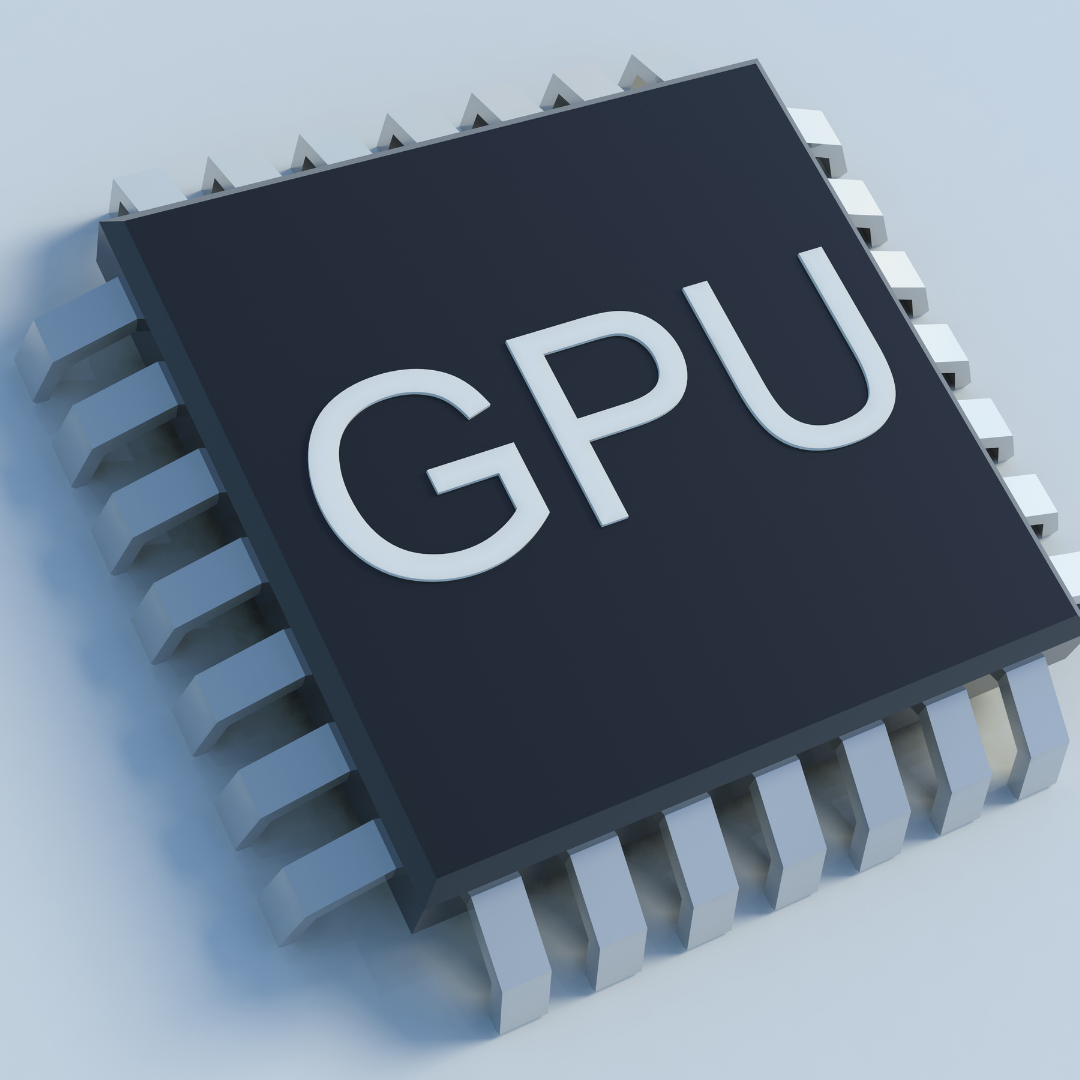When it comes to buying a GPU, there is a lot of confusion. Several GPU product lines are all starting to blur together to an extent, but there are still plenty of differences. So here we are going to talk about the differences between these GPUs, so you can make an informed decision about which GPU is right for you.
The architecture of modern GPUs has changed significantly over the last few years as both architecture and performance have increased. GPUs are now designed for both single- and multi-threading and are capable of handling 32- and 64-bit mixed workloads. As a result, there are different architectures and products available now that were not available a few years ago, and it’s important to understand what you are buying in order to make the best choice.
What is GPU Hierarchy?
The GPU is a powerful component in modern processors, but it’s not the only component to consider when buying a new computer. The CPU, RAM, and hard drives all play a part in how your computer performs and the quality of your overall experience. The GPU is the graphics processing unit of your computer. It handles the heavy lifting of rendering all of your favorite in-game graphics.
A few years ago, graphics processing units (GPU) were all the rage because they offered a huge jump in performance over discrete graphics cards. While that is still the case, there are other uses for GPUs these days as well, such as for editing and rendering photos. Today they are even being used for cryptocurrency mining. Luckily, you can build your own GPU rig to mine your favorite coins with zero latency.
How to Pick the Best GPU
Since the launch of discrete GPUs in 2007, our best graphics cards have had only a few models to choose from. But that’s all about to change. At Computex in May, AMD and Nvidia finally unveiled their next-generation GPUs, and at the end of the year, AMD will launch the Radeon Vega Frontier Edition, and Nvidia will launch the GeForce GTX 1080 Ti. Both are powerful cards, but there is a lot more to consider than just raw performance.
At the heart of almost all of today’s graphics cards, you’ll find one of the most powerful components on the market: the Graphics Processing Unit (GPU).
The term GPU is used to describe the computer chip that handles the graphics processing for any of your computing devices. The GPU is responsible for a wide range of tasks, from processing complex graphics data to processing audio and video and even managing the computer’s memory.
The hardware usually has one GPU, but multi-GPU setups are also becoming more common, particularly in gaming computers. This allows you to have the benefits of a more powerful GPU without the extra cost of getting a second card. In some cases, you can even save money by buying a second GPU that’s much less powerful.
- Check the Graphics card memory amount
Graphics cards are the most important tool in gaming, but not all cards are created equal. The memory amount of a GPU affects the performance of the graphics card.
- Check the form factor
The form factor of a product is one of the most important aspects of that product. The form factor dictates the interactions available in the product and how the various parts connect. The major form factors that are used in personal computing products include desktops, laptops, tablets, and smartphones.
- Power Connectors
There’s the classic USB-A type, which you’ll find on older PC devices, and the more popular USB-C type, which is the one used on many newer devices. A minor variation is the mini USB-A type, which is compatible with USB-A devices, but gets its power from the PC’s USB port instead of the battery or an external charger.
- Check the ports, clock speed, and stream processors.
GPU hierarchy is a term that was coined by the tech community to describe the difference between the different graphic cards on the market. For quite a while, the only GPUs that were readily available were the ones that were built into the motherboards. But as technology progresses, so does the need for better graphics and computing. Now that GPUs can be replaced, instead of throwing away the old one, you could sell it to your local or an online Computer Parts Buyer to put your previous GPU to good use, as well as make an extra bit of cash.

